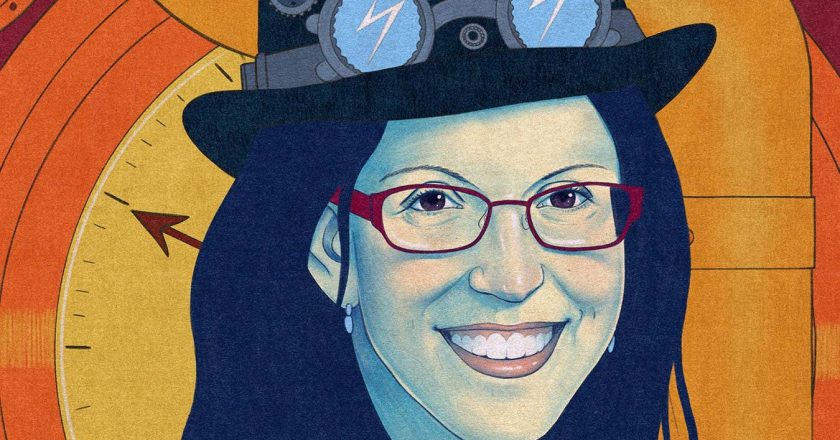Distracted by your phone? Putting it out of reach may not help
Smartphones can be a distraction from other tasksPheelings media/Shutterstock
Do you find yourself distracted at work, turning to your smartphone for a bit of mindless scrolling? One solution is to put your phone out of reach – but unfortunately, it seems this may not work.
“People turn their phone upside down, hide it under a notebook, sometimes you see the slightly fatalistic ‘throw it over my shoulders behind me’,” says Maxi Heitmayer at the London School of Economics. He has previously studied phone use and found that people interact with their devices about every 5 minutes.
To see if this distraction can be avoided, Heitmayer recorded 22 university students and office workers, aged between 22 and 31, working as usual on their laptops on a desk in a private ro...




